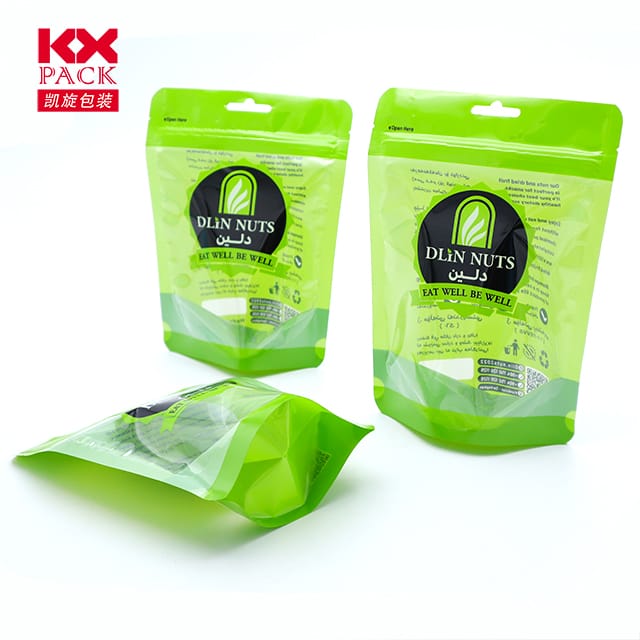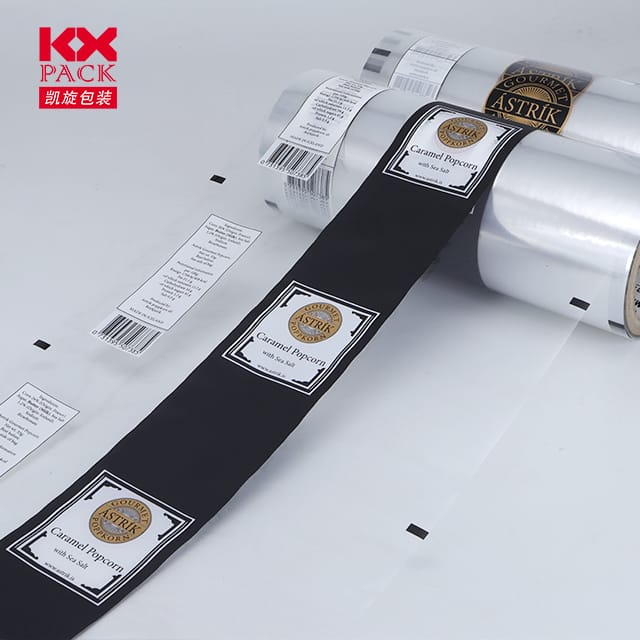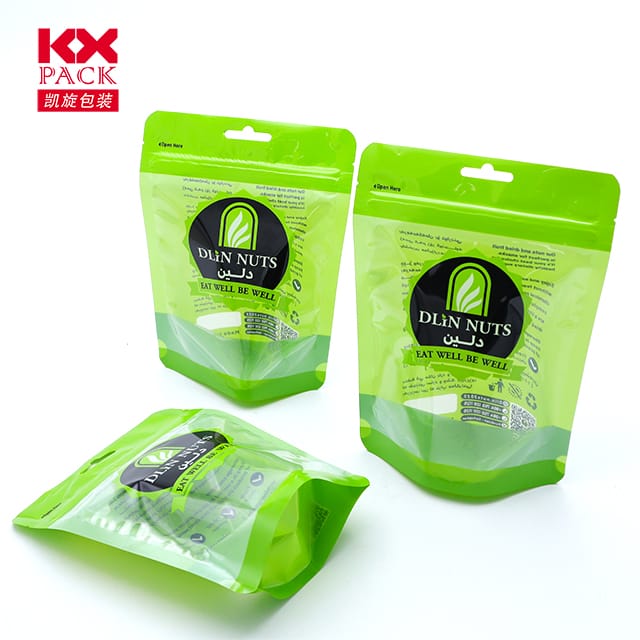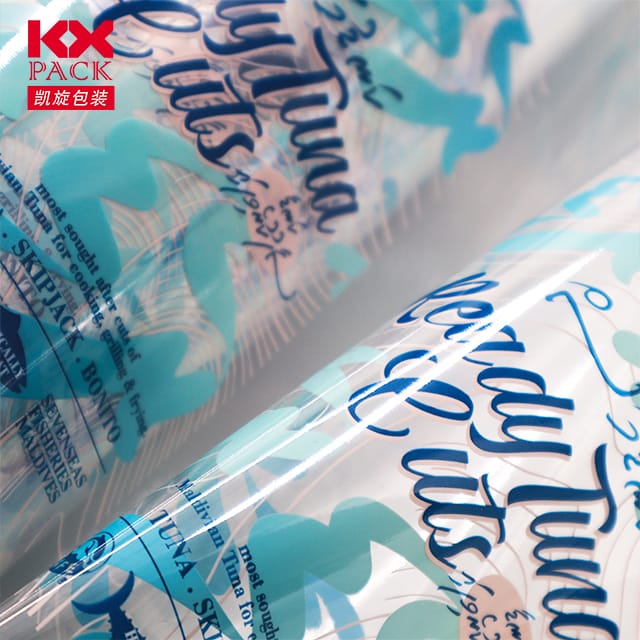Ролята на ламинираните филми в революционирането на опаковката на храните (3)
Ламинирани филми
In the ever-evolving landscape of food packaging, laminated films са се превърнали в смяна на играта, Предлагане на хармонична комбинация от функционалност, устойчивост, и естетическа обжалване. Тези многопластови полимерни материали са проектирани за защита на хранителните продукти, докато отговарят на нуждите на съвременните потребители и регулаторните стандарти. Let’s delve into why laminated films are a cornerstone of the food packaging industry.
What Are Laminated Films?
Laminated films are composite materials created by bonding two or more layers of different polymers (e.g., ДОМАШЕН ЛЮБИМЕЦ, PE, ПП, PA, or aluminum foil) using adhesives or co-extrusion. This layering allows manufacturers to tailor properties like:
- Barrier protection: Blocking moisture, кислород, светлина, and odors.
- Mechanical strength: Withstanding punctures, tears, and temperature fluctuations.
- Уплътнител: Ensuring airtight closures for extended freshness.
- Печат: High-quality graphics for branding and consumer engagement.
Key Advantages in Food Packaging
- Enhanced Shelf Life
By creating a barrier against external elements, laminated films significantly extend the freshness of perishables like meats, cheeses, and snacks. Например, a PET/Aluminum/PE laminate can block up to 99% of oxygen, preventing oxidation and microbial growth. - Versatility Across Applications
- Гъвкава опаковка: Pouches, sachets, and flow wraps for snacks, кафе, and pet food.
- Rigid containers: Lids and trays for ready meals or dairy products.
- Specialized uses: Microwaveable bags, retort pouches for sterilized foods, and vacuum-packed goods.
- Sustainability Push
Modern laminated films are increasingly designed with recyclability and compostability in mind. Иновациите включват:- Моно-материални структури: Simplifying recycling streams.
- Bio-based polymers: Derived from renewable sources like corn starch or sugarcane.
- Reduced thickness: Lightweighting to lower carbon footprints without compromising performance.
- Диференциация на марката
The smooth surface of laminated films allows for vibrant printing, Матовите завършвания, or holographic effects, enabling brands to stand out on crowded shelves.
Addressing Environmental Concerns
While traditional multi-material laminates were criticized for recyclability challenges, the industry is rapidly adapting:
- Advanced sorting technologies: Optical sorters and chemical recyclers can now separate layers.
- Circular economy models: Partnerships between brands and recyclers to capture post-consumer waste.
- Certifications: Compliance with standards like FSC™ (for paper-based laminates) или OK Compost (for biodegradable options).
Future Trends
- Интеграция на интелигентни опаковки
Laminates embedded with sensors or QR codes could monitor freshness or trace product origins in real time. - Nano-enhanced Barriers
Incorporating nanomaterials to improve gas barrier properties while reducing overall film thickness. - Closed-loop Systems
Collaborations across the value chain to ensure laminated films are reused or recycled into new packaging.
Заключение
Laminated films are far more than just protective layers—they are dynamic solutions that balance performance, устойчивост, and consumer appeal. С напредването на технологиите, these materials will continue to evolve, driving innovation in food preservation and environmental stewardship. For brands seeking to elevate their packaging strategy, exploring the potential of modern laminated films is not just an option—it’s a necessity.
🔗Learn more about sustainable packaging trends in our latest report: [Link to a hypothetical industry report].
What innovations in food packaging excite you the most? Споделете мислите си по -долу! 👇





